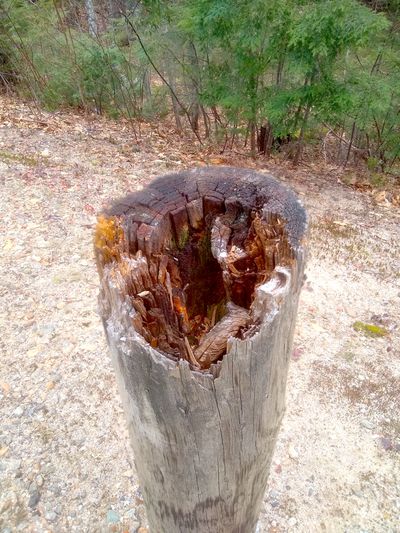Ask the Builder: Rot in treated lumber - yes, it happens

Q. Tim, my neighbor discovered that many of his outdoor deck floor joists are rotting. The rot is along the top where the decking attaches to them. It’s treated lumber rated for outdoor exposure. How can this be possible? I thought treated lumber was rot proof and would last for a lifetime. What’s going on, and are there ways to prevent treated lumber from rotting in the event something’s wrong? – Andy D., Lexington, Ky.
A. These questions are spot on. They take me back to 1974 when I first saw an advertising placard on the sales desk of an old lumber company I patronized in Cincinnati.
The full-color ad with a photograph of this new treated lumber said, “Lifetime Guarantee!” Being a young, impressionable lad, I believed it. Well, guess what? The ad didn’t specify whose lifetime!
The truth is treated lumber can and does rot. I’ve witnessed it at numerous locations, and I’ve had countless people send me photos using the Ask Tim page at askthebuilder.com. The stories and the photographs are often heart-wrenching.
Not only can treated lumber rot, but wood-destroying insects can eat it, as well. I had this happen at my own home. I built a playset for my kids made from treated lumber. I used lumber approved for ground burial.
I had to remove the playset after the kids grew up to make room for a deluxe shed. Lo and behold, two of the buried 4x4s were eaten by termites. The manufacturer said the wood would be immune from termite destruction.
I’ve often thought about the process of treating lumber. I have a difficult time believing that manufacturers would purposely produce an inferior product. Even with quality controls in place, things can go wrong. The liquid that’s injected into the lumber might not be the correct formulation.
This happened to a major window manufacturer in the 1980s. What they thought was a fantastic wood preservative turned out to be defective, but the issue didn’t show up for eight years.
The gauges on the pressurized vessel where the lumber is treated could be out of calibration. The computer program that runs the operation could have a bug. The things that can go wrong in the treating process are many.
Let’s talk now about the rotting deck floor joists. When you drive nails or screws through the decking into the joists, you can cause cracks to develop on top of the joists. These cracks allow water to enter the joist with ease.
If the treatment process was inferior for whatever reason, then the water enters the wood and fuels the growth of wood-destroying fungi. This is most likely what’s happening to the neighbor’s joists.
This rot can be prevented by applying strips of deck joist tape on top of the joists before the decking is applied. This should be done for all decks, but it’s mission critical for any deck that will sport composite decking. You don’t want the undercarriage of the deck to rot out when you have expensive decking on top.
The ends of any treated lumber are the most susceptible to wood rot. Water readily enters the end grain of posts, joists and decking. The end grain is what you look at when you cut down a tree and can see the concentric growth rings.
You need to understand that a tree is not much different than having millions of tiny straws next to one another. The sap travels up and down through these straws when the tree is alive. Once cut, the tiny tubes become an excellent pathway for water to get deep into the wood.
Use this knowledge to your advantage and routinely apply copper naphthenate solution to any end grain you see. This magic liquid is easy to obtain and readily soaks into both the end grain of treated lumber as well as the sides and edges of the lumber. Be sure to read the use instructions and follow them to the letter.
If you have deck railing posts with cut ends facing the sky, think about covering them with decorative caps that act like roofs. These caps come in wood and metal and stop water from entering the end grain of the posts.
Keep in mind that water is your enemy. Water is what fuels the growth of fungi. You can’t stop fungi spores from falling on your deck. The wood itself is the food for the fungi. All it needs to start growing and rotting the wood is water. Stop water and you stop the rot. Period.
Subscribe to Tim Carter’s newsletter and listen to his podcasts at askthebuilder.com.